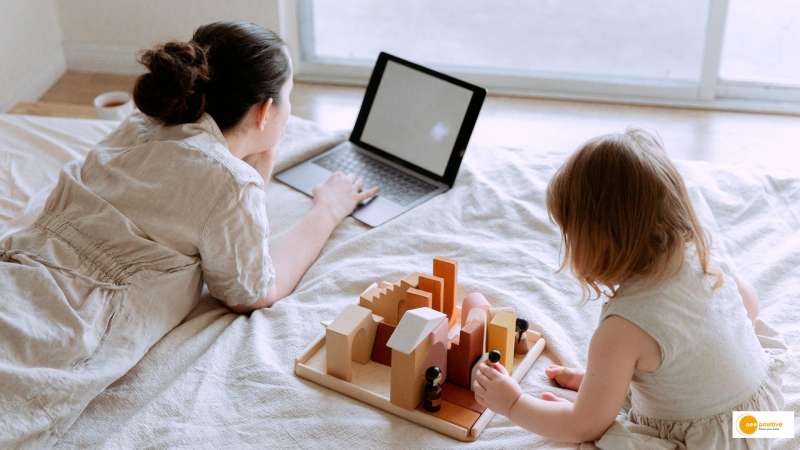

The epidemic was a major global event that changed entire industries and introduced new societal and workplace norms. One of the most significant shifts has been the rise in popularity of working remotely and the adoption of a new operating model by countless businesses worldwide.
Yet, assuming that the epidemic is the last unpredictable occurrence to occur would be foolhardy. Many additional things will increase the uncertainty of the future. The future of employment is surely changing and exciting, from the impacts of global warming to the rise in inequality.
Remote-first
According to the “remote-first” business management style, how an employee looks is not important as long as they perform their duties. Under this approach, the employer isn’t even concerned with the employee’s location; provided they have access to the necessary tools, anyone can work from anywhere, including their house, a local coffee shop, a hotel abroad, or any other location can think of.
As a result, high-tech businesses that are mostly geographically dispersed and generate revenue from digital services can now use the model.
Pros: The company saves money on offices; the team saves money on travel; the ability to work remotely might be considered a benefit; the company is open to hiring people from all over the world.
Balanced
The word “balanced” may imply that other models are unbalanced somehow, but it refers to the absence of a work’s prominent aspect. The personnel can work from an office, their homes, or any other place.
In this strategy, the business encourages staff members to visit the office frequently, for at least one day per week. It may be left to the discretion of the individual or governed by business policy.
Pros: The approach offers the flexibility of a pure-remote approach while maintaining the offline synergies in the groups. Employees can mingle and meet in a shared area without being forced to work there for extended durations.
Office-first with the option of remote work
This approach, which offers all the benefits of working from the office, is similar to what was observed before the COVID-19 epidemic. The workers receive their desks, workstations, and the chance to mingle in communal areas. The office atmosphere is maintained, and conversations take place in meeting rooms. Even if the office needs to be maintained, it is generally nearly full, so it is not a problem.
Although remote work is permissible anytime, employees are warned against using it excessively. This may be governed by business policy or by prevailing custom. An excellent illustration of what it might resemble has a one-day remote.
Pros: Everything seems to be the same, thus if the business did not alter during the COVID-19 epidemic, it doesn’t need to make any significant modifications;
The workplace is a social gathering place for workers, and they have access to all the advantages, like the big screens, conference rooms, and cozy chairs that seemed dangerous during the lockdown.
Having fun while working from home
Up to 90% of Gen Zers (those born between 1997 and 2012) and Millenials (1981–1996) are not eager to return to working full-time, suggesting that remote work is also advantageous for employees. Only 10% of these individuals are eager to return to their jobs as full-time employees.
A home-based job has several benefits, including establishing a better work-life balance and eliminating the need for commuting. The global workforce is increasingly composed of these two generations, therefore, the remote and hybrid workforce will be around for good and bad. The future of remote work seems promising.


